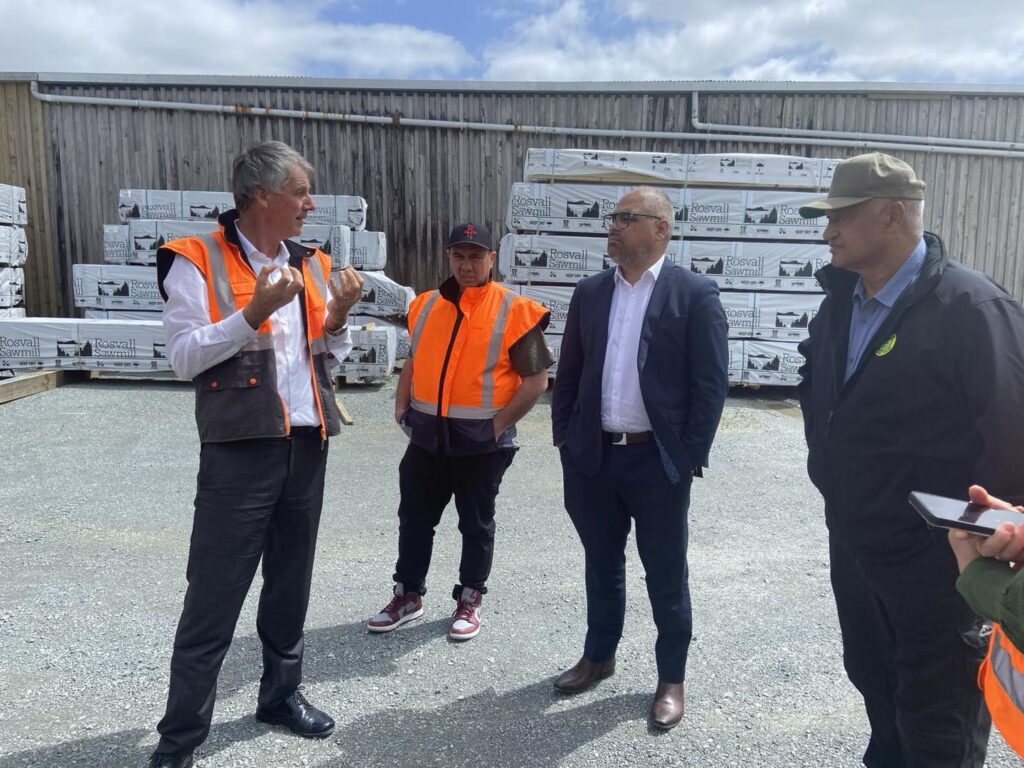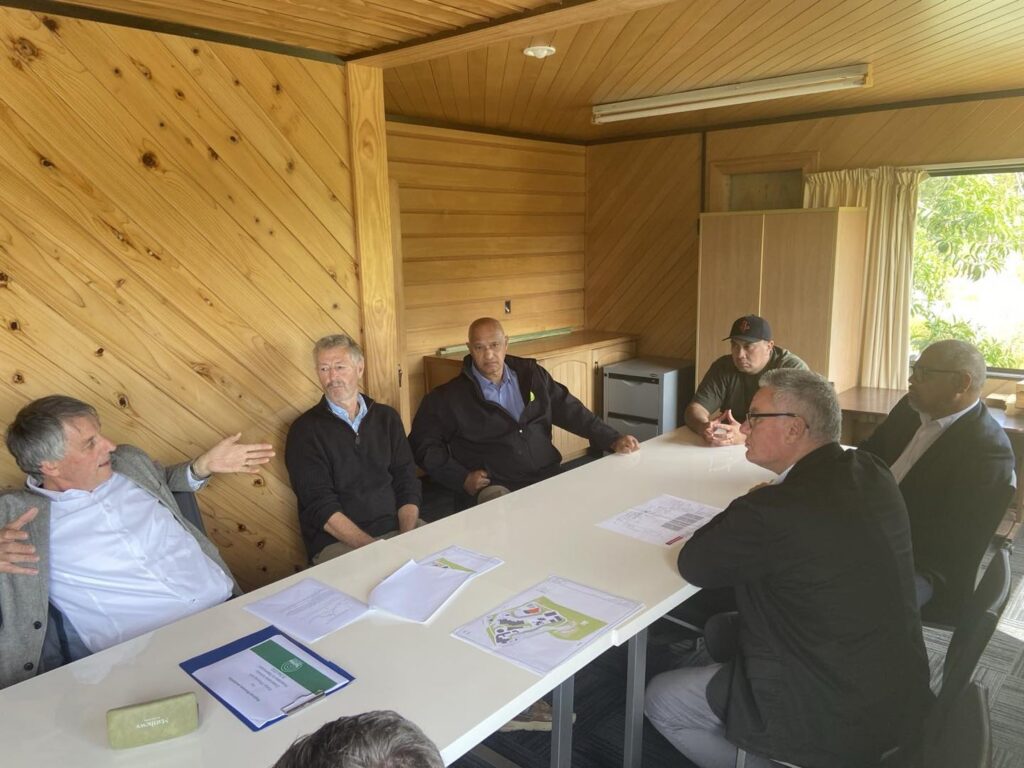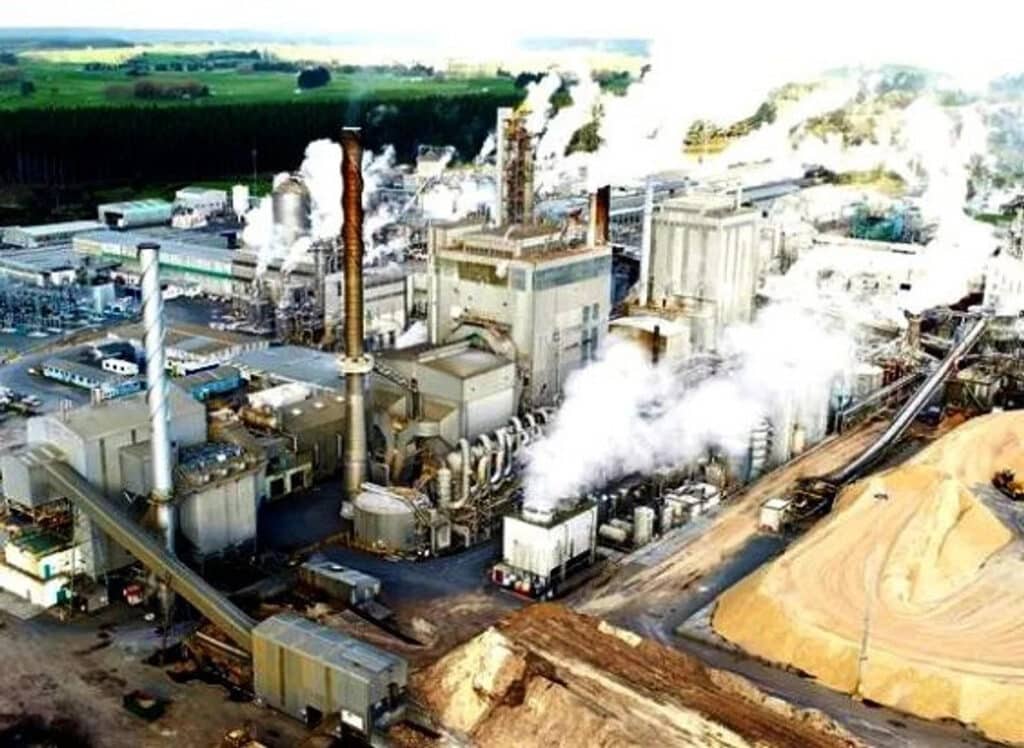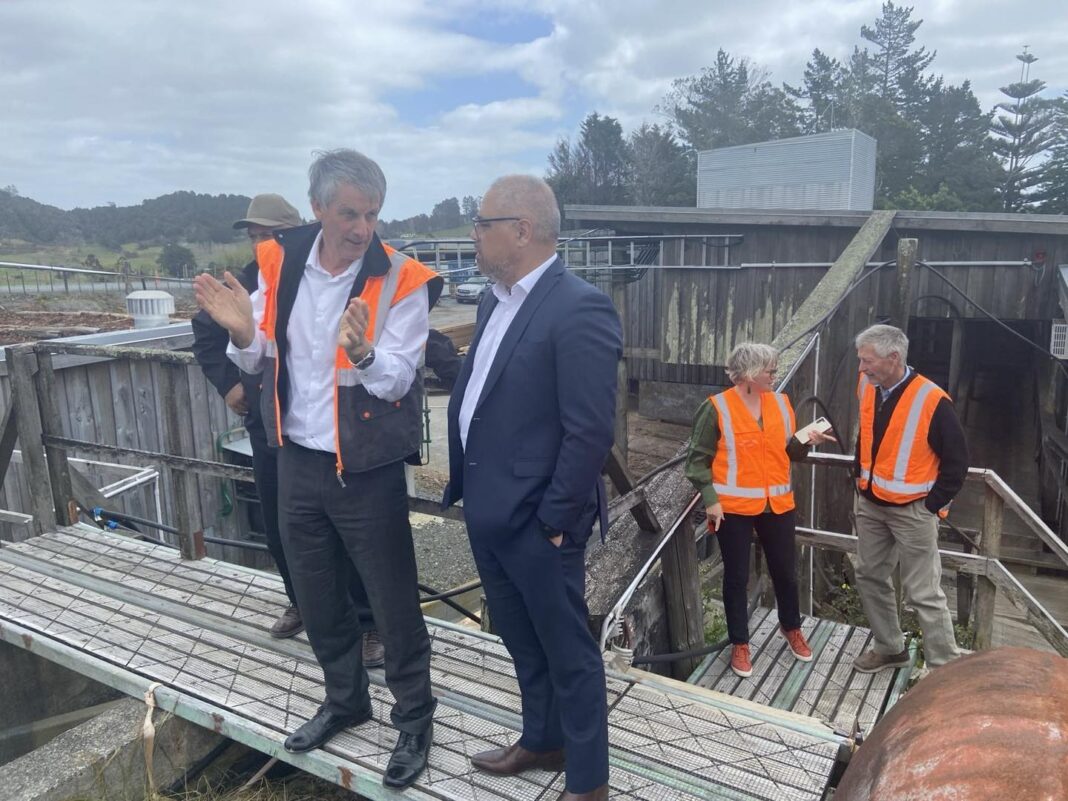New Zealand is looking to non-pine processing to reduce reliance on plantations and is investing in a higher-value and resilient wood processing industry, according to Forestry Minister Peeni Henare.
Yesterday, Minister Henare announced support for non-pine tree sawmilling in Rotorua and Whangarei, which will see the NZ Government co‑invest with small-scale processors to lift productivity and capacity.
Delivered as part of the Government’s ‘Forestry and Wood Processing Industry Transformation’ policy – it will invest in the Rosvall Sawmill and Astro Pine facilities, with the strategic investments adding up to 72,000 cubic metres to NZ’s domestic production capacity.
Under the policy, loans provided by the NZ Government under the Wood Processing Growth Fund are matched 50-50 by the Government and Industry.
“Rosvall Sawmill Limited of Whareora, Whangārei, makes timber products for residential and industrial construction,” Minister Henare said, with the loan to “co-finance a state-of-the-art treatment facility and enable them to scale-up processing by 42,000 cubic metres of logs per year.”
Significantly, “Rosvall has a 90% Māori workforce,” with Minister Henare provided a tour of the proposed treatment facility yesterday.


“Astro Pine NZ Limited of Ngongotahā, Rotorua, makes high-quality products by planing and finger-jointing low-grade timber into mouldings such as architraves and window frames,” he said.
“The loan will enable them to expand output on their site by 15,000 cubic metres per year.”
According to Minister Henare, the NZ Hipkins Government “is committed to partnering with wood processors to boost productivity and create more high-value, long-lived wood products for domestic and export markets.”
Less than two weeks from the NZ election, the incumbent NZ Labour Government sees boosting industry capacity as vital to the country’s low-emission future.
“We want to process more logs onshore and help move our forestry sector from volume to value.”
In the aftermath of Cyclone Gabrielle, it is also targeting forestry slash and, more controversially, is looking to target exotic plantation establishments.
As reported on Monday, the NZ Government has introduced new rules to tighten farm-to-forestry conversions, providing communities greater control over plantings.
Accordingly, “boosting onshore processing of non-pine tree species is critical for diversification,” Minister Henare said.
“It will help forest growers have greater confidence in demand for the non-pine tree species they grow” and “give architects, builders, and homeowners greater confidence in supply when specifying special-purpose timber in their projects.”
In August, NZ Forestry Minister Peeni Henare announced that it would support the Oji Fibre Solutions Kinleith Mill upgrade under the policy.
The upgrade, which includes the development of a ‘Bio Hub’ and the construction of a new mass-timber manufacturing facility, will support 200 additional jobs, generate more than NZ $566 million in GDP and reduce emissions by 65,000 tonnes of CO2.

The mill, one of eight still in operation New Zealand-wide, produces 330,000 tonnes of paper grades per year, plus 265,000 tonnes of bleached pulp.
It will also include a modern large-scale sawmill, enabling the production of primary solid wood products and the likelihood of engineered wood products such as CLT, contributing to export development.






